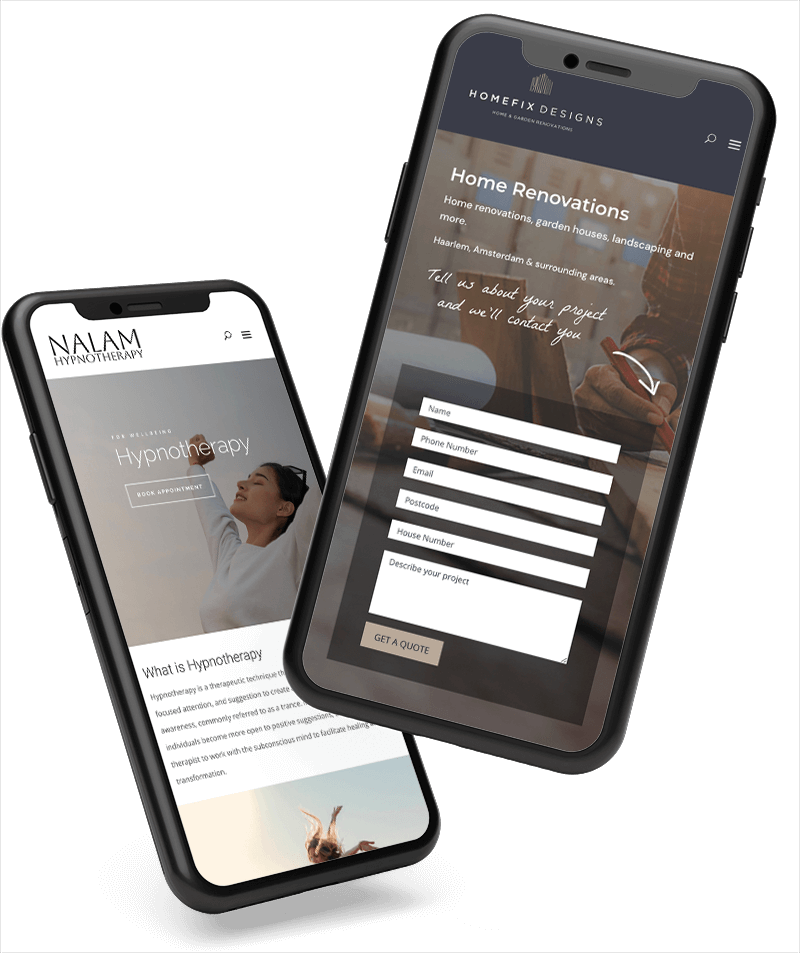When Walmart makes headlines for its innovative technology, it’s time for us all to take note. Many people are finding that shopping is more of a chore than it was before we had online retailers. The reason isn’t that it’s more time consuming, nor that it’s more expensive, it’s simply that we find it less rewarding. Why?
Buying our groceries online isn’t intrinsically satisfying – and while we may have seen actually going to the shops as a burden, it turns out that psychologically it was quite positive:
- We may have seen products we didn’t know we wanted, which rewards our hunter/gatherer instincts.
- We might have come across an item marked down in price, leading to an instant dopamine response from getting a bargain
- Sometimes we’ll have been offered an in-store demonstration or product tasting, which causes a psychological reaction that causes us to feel we are both ‘lucky’ and ‘valued’ by the retailer.
Online shopping doesn’t meet any of these emotional needs, so Walmart actually has some positives to build on, it turns out. It’s Jetblack Conversational Commerce system is designed to help predict and contribute to shopping in exactly the way that a real life shopping experience might do. But while that’s a big step up from the average chatbot intervention, it’s also a long way from being a realistic conversation.
On the other hand, Robert Locascio, writing for Forbes, suggests that he thinks that before the end of the year we’ll “witness a major brand shutting down its website and shifting to a fully conversational method of customer interaction.” I think he might be a little optimistic, but I think I can see where conversational commerce fits into the retail landscape.
Why should small online retailers care about Conversational Commerce?
A recent set of statistics might help explain why this is not an issue just for the multinationals and the high end brands.
55% of shoppers say retail experiences are disconnected across channels – give that we know over 70% of shoppers also conduct online research before purchasing, whether that purchase is online or in person, this is a major finding. Half the people who shop say that they don’t feel their shopping experience ‘follows through’ from say tablet to phone, from shop to website, from mobile to laptop. Conversational commerce could be the linking mechanism that gives a coherent shopping experience regardless of where the customer starts their shopping journey.
63% of shoppers do not believe retailers know them – again this is a substantial discovery. The impersonal nature of the online shopping experience is something that every retailer is fighting to combat. The big brands do it by creating amazing websites, using social media and ‘pushing’ notifications to fans. Smaller retailers do it by offering more customised service, attempting to engage with customers through personalised offerings like ‘let us find the right X for you’ and through last mile delivery differentiation. On which subject, I’d just like to put it out there that if you still think putting a packet of Haribo in your customer’s delivery makes you stand out, you’ve missed the boat – that’s so 2015! A quick (and completely unscientific) survey of the Elan Creative team revealed that we’ve all found a packet of sweets accompanying an online purchase in the past couple of weeks, and none of us could remember which retailer had given us the sweeties. Learn to do better, retailers!
Given these realities, it’s time for small retailers to be thinking about their conversational commerce strategies. It’s not merely a case of committing and developing a plan, it’s important to understand that voice-activated technology is already impacting the purchasing decisions of your customers. One predication is that by 2020 Virtual Personal Assistants like Alexa and Siri will be used by 60 million users. Voice activated shopping is already happening in the USA – Domino’s Pizza’s has had a successful conversational commerce app since 2014. While it’s probably too much of a step forward for small and medium sized retailers to be thinking about pure conversational commerce – and let’s be honest, it’s much easier to buy a pizza than a swimsuit, a gift for your grandmother or a piece of furniture – there’s a good reason for every retailer to be looking at how conversational commerce fits into their future.
Returns – the dark side of online retail
British women admit to buying three times as many garments online as they intend to keep – they tend to choose a size up and a size down from their likely best size, plus a choice of colours. This means they get a perfect fit and can try on the item in two colour-ways to see which suits them best. But for the retailer the cost of those ‘free’ returns is substantial.
Conversational commerce might be the ideal way for this substantial hidden cost to be reduced – by helping shoppers narrow down their choices to the ideal size and the most appropriate colour, for example, could have a positive impact on the AOV by reducing the returns burden. It’s not the sexiest reason to get into conversational commerce but for many retailers it might be the best one.



0 Comments